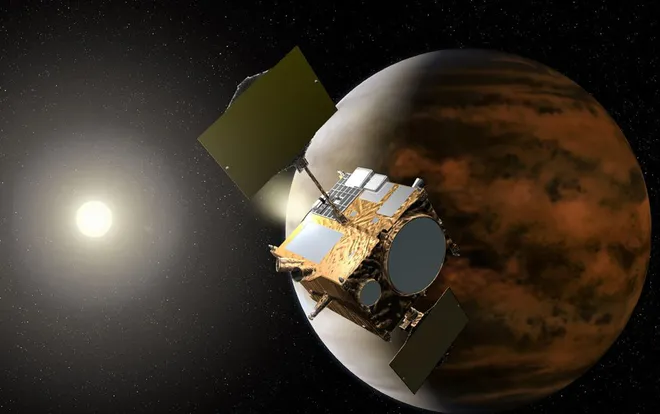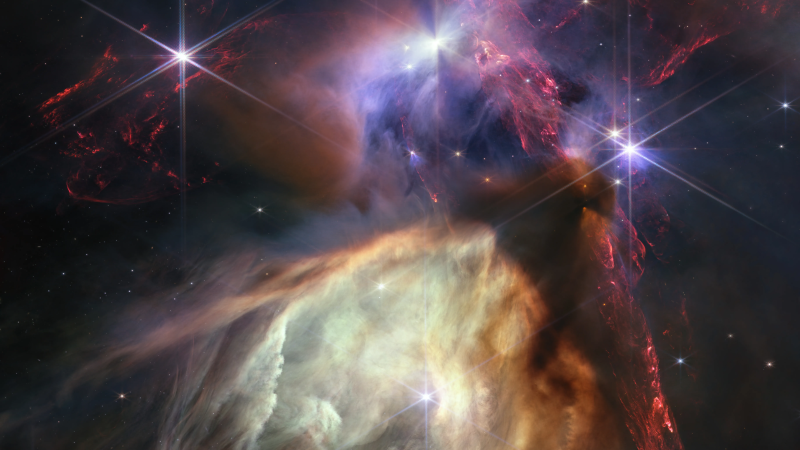Phosphine discovery on Venus could mean '10-20 percent' chance of life, scientists say
Scientists say they have found more evidence of gas molecules on Venus that could, among other things, point to the possibility of life on the planet.
Venus, the closest planet to Earth, has an atmosphere similar to ours, but much more hot and full of corrosive sulfuric acid.
Researchers in England announced last week that powerful space telescopes revealed new signs of phosphine gas in Venus' atmosphere, a finding that has been fiercely debated in recent years. There's a chance any phosphine gas on Venus could be a sign of life because on Earth, the gas comes from decaying organic material. Scientists are also confident there is no other natural chemical process on Venus that could otherwise produce the gas, said Dave Clements, the lead researcher on the project.
"We are not saying we have found signs of life on Venus," Clements told USA TODAY. "We are on the first step of a staircase at the top of which, if all the steps are passed, something might lead to that."
The recent announcement at an astrophysics meetings in England comes after Clements and other scientists in 2020 first said they discovered phosphine on Venus. Since then, their discovery has faced pushback after other researchers weren't able to replicate the results, or said phosphine identified by the team was something else, Clements said.
“We’ve confirmed that phosphine is there, showing what we found back in 2020 is still a solid result," Clements said Tuesday.

What does phosphine, ammonia on Venus mean?
In addition to phosphine, researchers also shared news they found signs of ammonia on Venus, Clements said.
Both substances are "biomarkers" because on Earth, they are found in the guts and feces of some animals, Clements said.
However, there are still many possibilities to rule out, he said, and scientists will next try to see if any other chemical processes on Venus could be creating the gas molecules.
“There may be something really exotic going on – but none of the normal chemical processes that we are aware of can produce the amounts of phosphine and ammonia," Clements said, explaining that his team's recent findings point to even greater amounts of the molecules in Venus' clouds compared to the findings from 2020, and lower in the planet's atmosphere.
"Something is going on that we can’t understand," he said.

Is there life on Venus?
Venus' atmosphere − specifically its clouds − are the main area where there could possibly be a "habitable region," Clements said. That's because Venus has an "oxidizing" atmosphere, like Earth's, Clements said, explaining how it has a lot of hydrogen − which can create water, which has also been found on Venus.
But Clements stressed that his team's recent discovery is a preliminary one, and that it will need further review.
In the future, the Massachusetts Institute of Technology's Morning Star Missions examining Venus' clouds, as well as other space exploration projects will further test scientists' hypothesis, Clements said.
“The chances that what we’re seeing are actually signs of life are probably between 10-20 percent at this point," he said. "Even if there’s a one-in-ten chance, then that’s something that really reserves a lot of extra careful study."
Disclaimer: The copyright of this article belongs to the original author. Reposting this article is solely for the purpose of information dissemination and does not constitute any investment advice. If there is any infringement, please contact us immediately. We will make corrections or deletions as necessary. Thank you.





